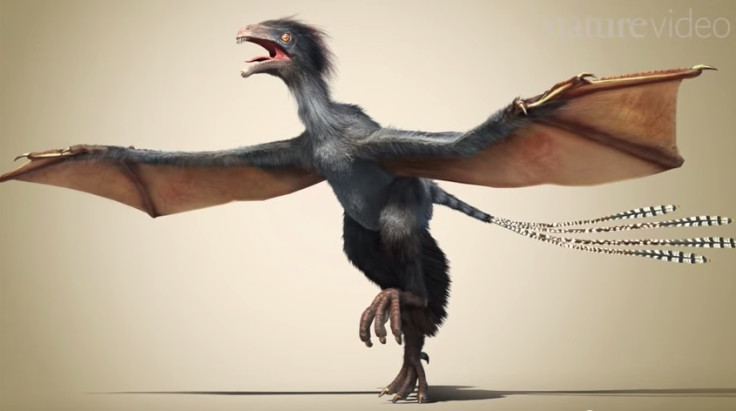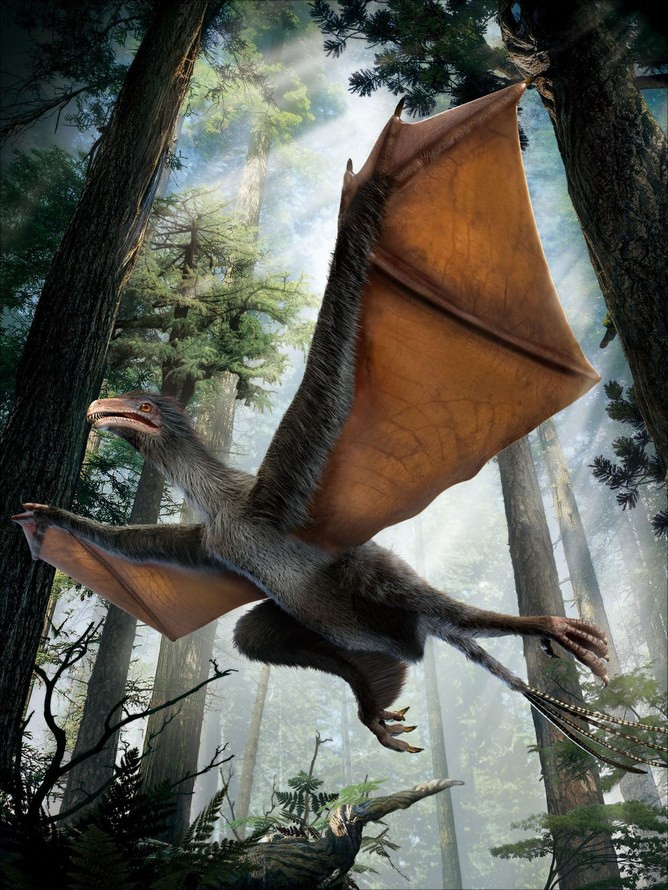Baffling 'Batman' dinosaur could be an evolutionary experiment gone wrong

A bat-like dinosaur that was about the size of a pigeon and lived 160 million years ago is baffling scientists.
The fossil of Yi qu, meaning 'strange wing', was discovered in the Tiaojishan Formation of Hebei Province, China. The creature was small carnivore, weighing about 380g, and had sharp teeth and strong jaws.
It was probably able to glide or fly short distances and had a 13cm rod-like bone extending from each wrist – possibly helping to support wing membranes.
This is the first time such a structure has been found in dinosaurs, but do occur in various flying and gliding tetrapods, raising the possibility that the creature was a sort of hybrid species, combining feathers with a membrane more akin to bats.

"We were shocked by the discovery. Never before had any dinosaurs carried a feature like this," Xu Xing, professor at the Chinese Academy of Sciences' Institute of Vertebrate Paleontology and Paleoanthropologya and one of the authors of the study, told South China Morning Post.
"Going hybrid is a risky business. Most attempts have ended up in failures, and this was one of them. Mother Nature's failed experiments rarely got preserved in fossil records because their occurrence was just a blink in the long history of natural evolution."
The study, published in the journal Nature, notes that it is not clear whether the rod-like bone stayed in one position or could be manoeuvred to control the membrane. At the end of each wing, it had a clawed, three-fingered and, with one finger being far longer than the others.
The authors also say that Yi's flight muscles would probably have been small and weak.
It is thought the creature could have one of the first evolutionary experiments into flight – one that turned out to be a failure. About 10 million years later, the earliest known bird – the Archaeopteryx – turned up.
Xu said: "This guy is not far from the first birds, in fact. It belongs to a bizarre dinosaur group called the scansoriopterygids, which are closely related to the most primitive birds such as Archaeopteryx."
The scientists note that the find vastly increases the morphological disparity in dinosaurs, highlighting the "breadth and richness of the evolutionary experimentation that took place close to the origin of birds".
Thomas Holtz Jr, a vertebrate palaeontologist at the University of Maryland in College Park, told Nature magazine: "It's raising a lot more puzzles than it's solving."
© Copyright IBTimes 2025. All rights reserved.






















